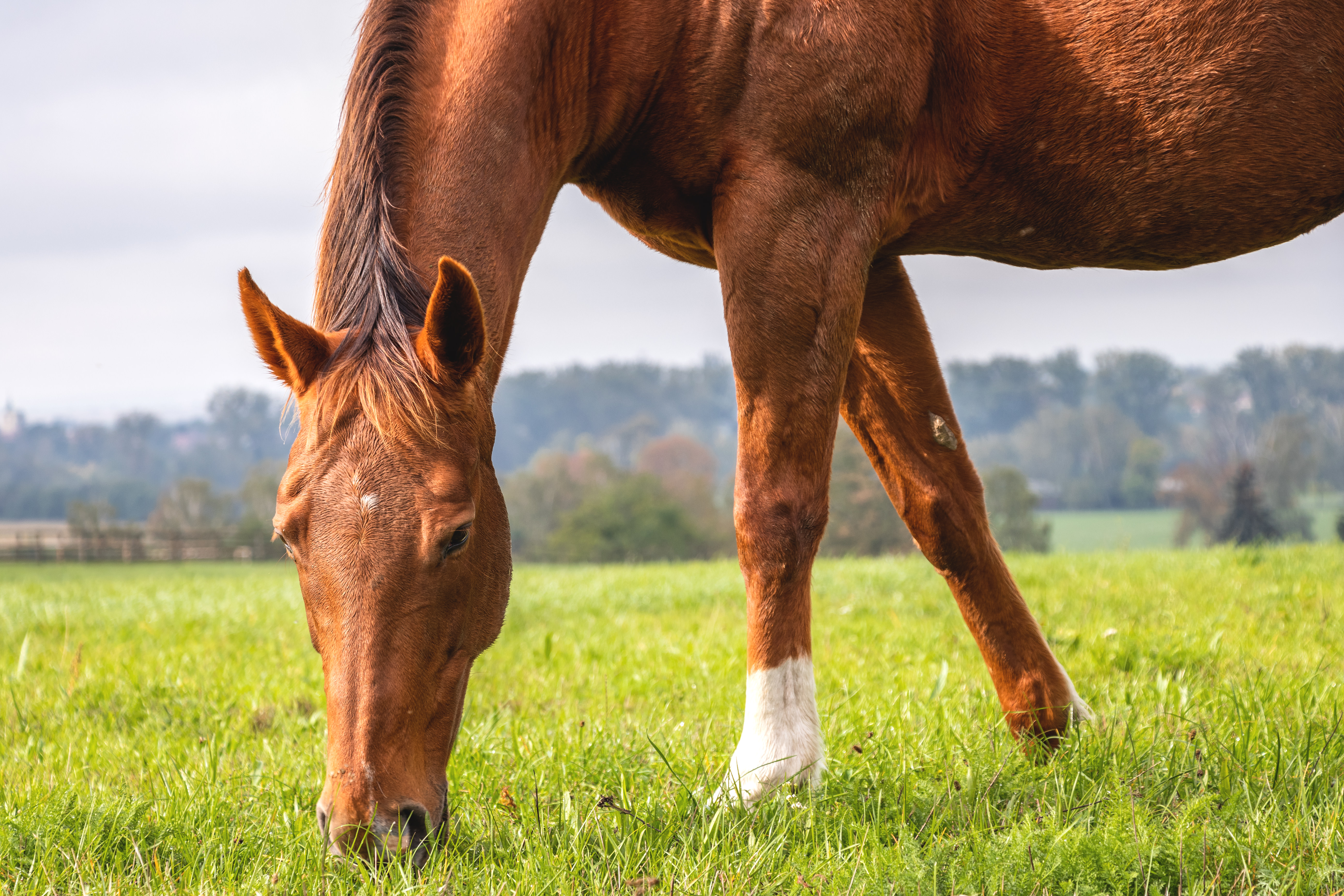Adapted with permission from EQUUS.
The arrival of a new horse in your life is always exciting. Acquiring a rescue horse, however, is very different from buying a healthy, sound horse who has had excellent care throughout his life. A rescue horse with an unknown past may behave in surprising ways, and his health may be compromised in ways that can never be fully restored. An owner of a rescued horse recently put it this way, “I guess that is the hard thing about rescue. You never know what is going to happen.” The road ahead may have a few clouds along with that sun, and it may take some unexpected turns.

The American Association of Equine Practitioners (AAEP) has published and regularly updates Care Guidelines for Equine Rescue and Retirement Facilities. These guidelines provide a road map, which veterinarians follow as much as possible. But each rescue horse is unique. You’ll need to be ready to adapt to each horse’s needs and circumstances. Taking on a rescue horse requires patience and dedication, and it can be one of the most rewarding experiences a horse-person can have. Here’s advice for how to proceed.
STEP 2: TACKLE IMMEDIATE HEALTH CONCERNS
Treat any illness or conditions discovered in the veterinary exam. Some of the most common illnesses in recently rescued horses are travel related. In the past decade, a nationwide network of horse rescuers has emerged. While this network allows resources to be pooled, sometimes it results in extensive travel for res-cued horses. Any horse that is transported for more than four hours has an increased likelihood of developing shipping fever.
For your bookshelf:
The Ultimate Guide to Horses in Need
Saving Red: The True Story of a Rescued Horse Turned Rescuer
Changing Horses: One Woman’s Journey through Horse Racing, Horse Rescue, and Horse Reflection
Look for and treat wounds. Injuries are another pressing concern. Horses that come from inappropriate housing are more likely to have sustained lacerations, especially on their lower limbs. Wounds and injuries can also occur during transport.
Address weight and nutrition issues. The sad reality is that many horses aren’t fed well before they are rescued, and some are on the brink of starvation by the time help arrives. Refeeding often becomes the linchpin of restoring a rescue horse’s health. As much as your heart tells you to place a big bucket of grain in front of a brutally skinny horse, you’ll need to take a gradual, scientific approach to refeeding—under the supervision of your veterinarian—to avoid making the situation even worse.
In the early 1980s, as part of his graduate research, Don Henneke, PhD, published a semi-quantitative way of assessing and documenting fat or muscle coverage. This body condition score (BCS) system is a fairly objective and useful method for monitoring weight changes. It can also help legally document that a horse has had inadequate nutrition. A BCS of 4 to 6 is considered “standard of care.” Less than 3 is considered malnourished, and a BCS of 1 is a state of severe starvation. Horses that score a 7 or above are considered overweight or obese.
When a horse has a BCS of 3 or less, a veterinarian needs to devise a refeeding plan because these horses can develop respiratory, heart and kidney failure if allowed to eat too many concentrated calories too soon. Their rations will need to be increased extremely slowly, beginning with one pound of alfalfa six times daily. Feeding grain or weight-building supplements too early can have serious consequences, including death because organs weakened by starvation cannot handle the stress of processing and digesting nutrients
Beyond the physical challenges, not having enough food can be a significant source of mental stress for the horse. He may never behave normally at mealtime (more about that later). It is also important to realize that the gut, like other tissues in the body, may not function properly after extreme starvation. This may mean that the horse always struggles to keep weight on, even after years of proper feeding.
Make sure he can stay warm. If a horse is rescued in winter, you’ll have another weight-related challenge to contend with: An extremely thin horse will have trouble staying warm. Even with a heavy winter coat, a horse with a lower BCS has less natural insulation from the cold. As a general rule, a horse with a BCS of 3 needs a blanket when the temperatures dip below freezing and a horse with a BCS of 1 or 2 will need one when it’s below 40 degrees Fahrenheit. Blankets need to be clean and dry and removed daily so the horse can be inspected and groomed. It may seem easier, and even kinder, to keep a thin rescue horse in a tightly closed, warm barn when the temperatures drop, but that can lead to respiratory troubles in the healthiest horse. A recovering rescue horse needs be out in the fresh air, even when it’s very cold.






